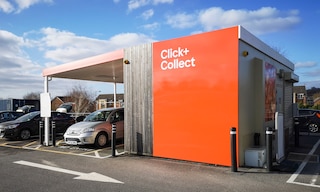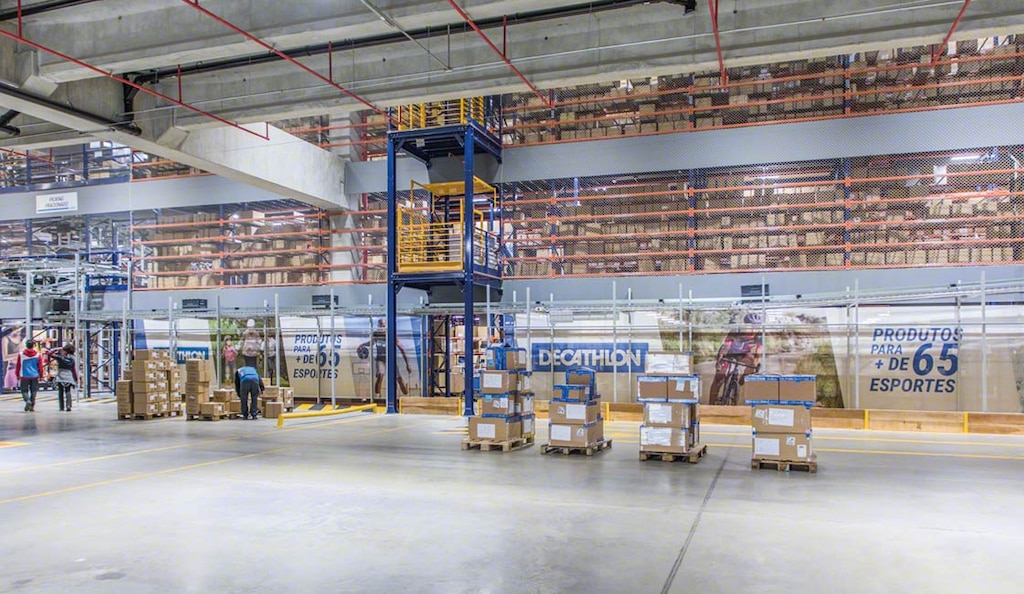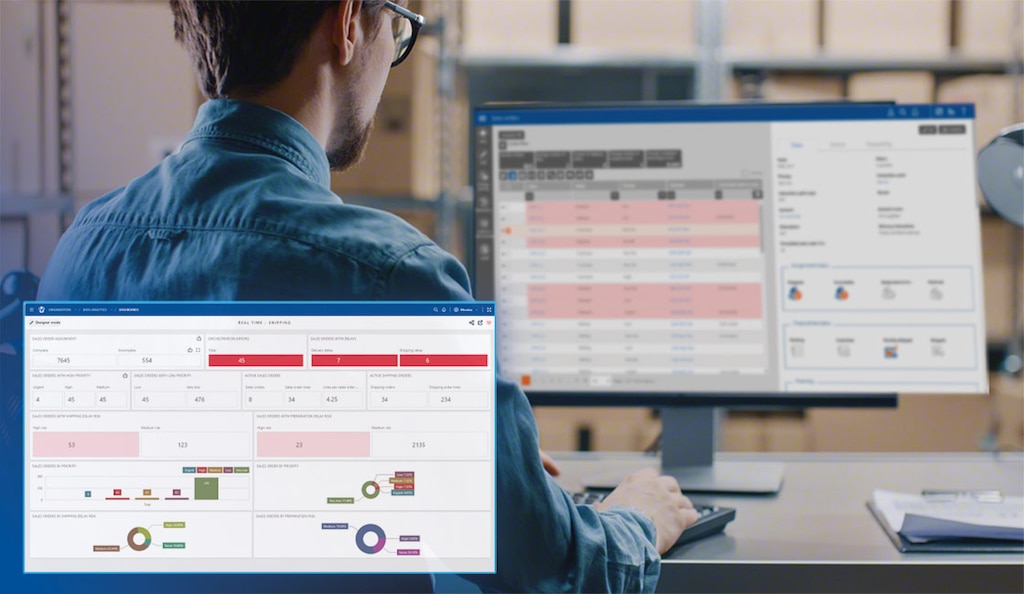
Click and collect and its application in logistics
Click and collect is a solution that bridges the gap between in-store shopping and ecommerce with home delivery.
What is click and collect?
Also known as buy online, pick up in store (BOPIS), click and collect is a delivery option where customers purchase products online but pick them up in person. They can collect them at the company’s physical location, another retail establishment, a parcel agency or a designated locker. Born from the growth of ecommerce, this system follows an omnichannel strategy and offers multiple benefits for the businesses and customers who choose it.
How does click and collect work?
Typically, a click-and-collect purchase process involves these steps:
- Online purchase. The customer selects the items they wish to buy from an online store and adds them to their virtual shopping cart.
- Collection point selection. Before proceeding to payment, the buyer chooses where to pick up their products. The available options may vary depending on the retailer and can include company-owned stores, third-party locations or lockers in public spaces.
- Fulfilment and/or shipping. Once payment is confirmed, staff at a warehouse, distribution centre or store fills the order.
- Notification. The customer is informed (typically via email or SMS) when the order is ready for collection or has reached its destination.
- Collection. The customer visits the agreed collection point. The process can be completed without third-party involvement — e.g., by entering a code to open a locker — or by presenting the order confirmation to an employee. After verifying the buyer’s identity, the staff hands over the product.

How does click and collect benefit businesses?
New shopping habits have highlighted the unique advantages of click-and-collect over other methods:
- Expanded customer base. Allowing consumers to collect their purchases attracts those who prefer online shopping but avoid traditional home delivery for different reasons. This option provides them with the flexibility they seek while eliminating the need to schedule specific delivery times.
- Lower shipping costs. Click and collect streamlines last-mile delivery by consolidating multiple orders at a single location or even processing them directly at the point of sale. This eliminates door-to-door delivery, reducing costs. Additionally, it often shortens lead times for end consumers.
- Increased customer interaction. Visiting the store to pick up purchases creates an additional sales opportunity. It strengthens the customer relationship with the brand and can drive impulse purchases. Moreover, it provides valuable insights into the user experience.
- Fewer returns. Since customers often collect their orders at a brand store, they can inspect or try on the products on-site. This helps avoid the need for reverse logistics processes to handle returns.
What companies are implementing a click-and-collect strategy?
Many businesses have embraced this model, enabling buyers to choose where they wish to receive their purchases — whether at home, in-store or by collecting it themselves. Here are some examples:
- IKEA. The furniture and home decor chain promises to fill orders within three hours, allowing customers to load their purchases directly into their car. Shoppers can select the date and time slot for their store visit. Additionally, IKEA provides 24-hour locker service at some locations and collaborates with third-party collection points and post offices to better serve its customers. Its website also displays real-time stock availability for various items across its stores.
- Decathlon. Similarly, the sportswear company Decathlon has adapted its logistics operations to omnichannel, committing to have online purchases ready for in-store collection in under an hour. This is made possible by its highly efficient warehouses. For instance, its Northampton (UK) facility processes 3,000 orders daily, while its distribution centre in Barueri, Brazil supplies a portion of the business’s 42 stores in the country.

How does click-and-collect logistics work?
To perform click and collect effectively, it must be planned with the company’s characteristics and user needs in mind. These are some aspects to consider:
- Monitor the order cycle and meet established deadlines.
- Allocate sufficient resources to stores and collection points.
- Verify the identity of the person collecting the goods to prevent potential fraud.
- Coordinate with warehouses using a distributed order management system like Easy DOM.
- Leverage the most efficient delivery routes.
Implement click and collect with Mecalux
Looking to fine-tune order assignments and gain full visibility of your inventory across warehouses, stores and hubs? Mecalux can help you automate your omnichannel distribution, enabling your users to take full advantage of click and collect. With our Easy DOM software, you can segment deliveries by customer type and create specific prioritisation rules. It’s an ideal solution for organisations with multiple warehouses, stores or 3PL providers. Contact us for more information about this and other logistics and storage solutions — no obligation.
